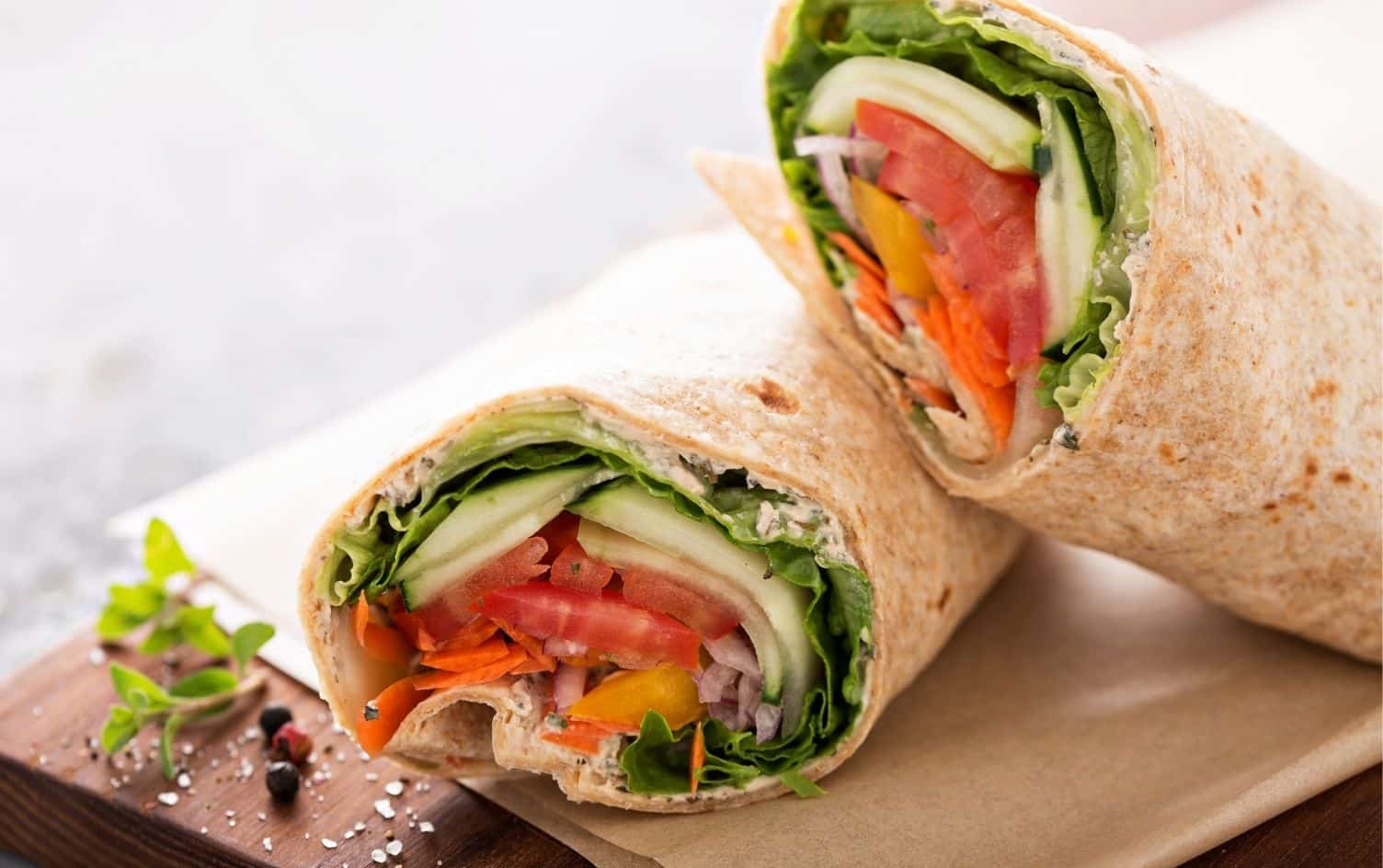The bread-making craze of 2020 has, for the most part, run its course. While not many of us have the luxury of time (and patience!) to make our own bread anymore, we do have convenient and nutrient-dense options available at the grocery store; no baking or proofing required. If the countless shelves with dozens of varieties are overwhelming, have no fear. Here is a breakdown of my favorite options, and how to choose a bread that is going to be filling and nourishing.
WHAT TO LOOK FOR
Two of the most important nutrients to keep in mind when looking for bread are fiber and protein since they help slow digestion, keep you full and satisfied after meals, and stabilize blood sugar levels. Choose bread that has at least 2–3 grams of fiber and 3–4 grams of protein per slice. You should also look at the ingredient list and choose one that has “100% whole wheat” or “100% sprouted wheat (or other grains)” listed first, as this is also a good indicator the bread is going to be more nutrient-dense. A simple ingredient list is always a plus, but I recommend not stressing too much about it as long as you’re avoiding bread with added sugar like high-fructose corn syrup or “light” versions, which are typically not as filling and contain more junky, processed additives. Here are my favorite options that check all of the “healthy” boxes for any kind of sandwich, toast or wrap.
DAVE’S KILLER BREAD POWERSEED
The name says it all here — this bread is packed with great nutrition and hearty, filling ingredients. Each slice contains 5 grams of protein, 4 grams of fiber, 1 gram of added sugar, and 100 calories. Ingredients include whole-wheat flour, a variety of seeds (like sunflower and flax) and grains, and a small amount of fruit juice to sweeten the bread. Dave’s Killer Bread is a great source of complex carbohydrates, which helps provide the body energy for the day and can make a perfect post-workout meal or snack in combination with nut butter or a lean protein like turkey.
WHOLE FOODS 365 CORN AND FLOUR TORTILLA
I’ve tried many wraps and tortillas, and these are by far my favorite. The combination of flour and corn gives the wrap great flavor, and they are less likely to break or dry out (often the risk with plain corn tortillas). Nutrition facts are fairly decent, with each tortilla containing 130 calories, 4 grams of protein, 1 gram of fiber, and no added sugars. They are a bit lower in fiber than the other options here, but that just means more opportunity to pack in some high-fiber ingredients like veggies and beans. These wraps are great for tacos. My favorite option is a breakfast taco with eggs, avocado, sautéed veggies, cheese and salsa.
CLICK TO TWEET THIS ARTICLE > What kind of bread should you buy from the grocery store? A dietitian breaks things down via @myfitnesspal. #MyFitnessPal
EZEKIEL SPROUTED GRAIN BREAD
These breads are made from grains that have started to sprout, which increases nutrient content. Sprouted-grain bread typically has more fiber, protein and B vitamins compared to standard white or whole-wheat bread. It also has a uniquely hearty, nutty taste due to the variety of sprouted grains and legumes (Think: wheat, barley, soybeans, lentils, etc.) used to make the bread. Each slice of Ezekiel bread contains about 5 grams of protein, 3 grams of fiber, 0 grams of added sugar, and 80 calories. I like any variety of Ezekiel, but the cinnamon raisin is a favorite for morning toast (or French toast!) and the sesame seed is perfect for sandwiches.
BREAD ALONE WHOLE WHEAT SOURDOUGH
This bread is one of my all-time favorites for avocado toast (or anything toasted) and has that unique sourdough “tang” that comes from sourdough fermentation and the reaction between wild yeast and lactic acid bacteria naturally present in flour. What’s more, because the bacteria created during fermentation may lower the pH of sourdough bread and help degrade a compound called phytic acid, (which typically binds to vitamins and minerals blocking their absorption), micronutrients like zinc and potassium may be more available for the body to use. The fermentation process may also help degrade gluten and make the bread easier to digest for those with gluten sensitivities. Each slice of Bread Alone contains 4 grams of protein 2 grams of fiber, no added sugar, and 90 calories. This bread is made with no preservatives, so consuming it while fresh is key!
THE BOTTOM LINE
There is absolutely nothing wrong with store-bought bread, especially if it makes life and meal prep a bit easier. Knowing what to look for while you’re shopping can help you pick the right kind for your needs, wants and taste preferences.
Make progress every day while you work on mini fitness and nutrition goals, like walking more steps or learning to track macros. Go to “Plans” in the MyFitnessPal app for daily coaching and easy-to-follow tasks to keep you motivated.




